1. From ‘Der Ring des Nibelungen’, Die Walküre, WWV 86B : Siegmund’s Liebesgesang
Composer: Louis Brassin/Richard Wagner
Artist(s): Camiel Boomsma
2. From ‘Lohengrin’, S. 445 No.2: Elsa’s Brautzug zum Münster
Composer: Franz Liszt/Richard Wagner
Artist(s): Camiel Boomsma
3. From ‘Parsifal’, WWV 111: Vorspiel to Act I
Composer: Albert Heintz/Richard Wagner
Artist(s): Camiel Boomsma
4. From ‘Der Ring des Nibelungen’, Götterdämmerung, WWV 86D: Brünnhilde’s Immolation & Finale
Composer: August Stradal/Richard Wagner
Artist(s): Camiel Boomsma
5. From ‘Parsifal’, WWV 111: Bühnenweihfestspiel – Charfreitagszauber
Composer: August Stradal/Richard Wagner
Artist(s): Camiel Boomsma
6. Wagner’s Last Glimpse into the Future, Three Pieces Connected: I. Elegie in A-Flat Major, WWV 93
Composer: Richard Wagner
Artist(s): Camiel Boomsma
7. Wagner’s Last Glimpse into the Future, Three Pieces Connected: II. Porazzi Theme
Composer: Kent Hugo Moussault/Richard Wagner
Artist(s): Camiel Boomsma
8. Wagner’s Last Glimpse into the Future: Three Pieces Connected: III. Il cigno di Palermo – A Path to Wagner’s Porazzi Theme
Composer: Kent Hugo Moussault/Richard Wagner
Artist(s): Camiel Boomsma

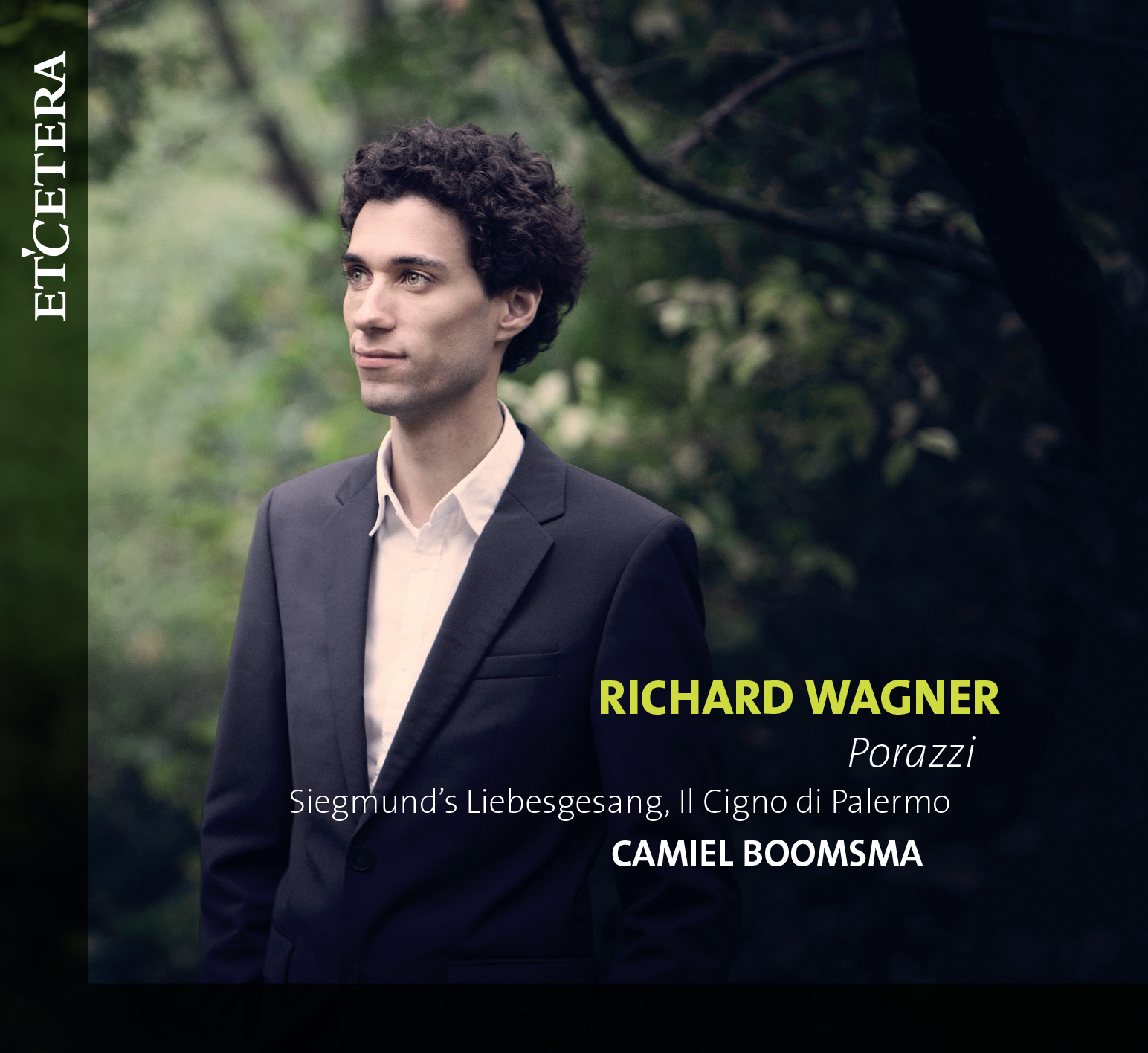
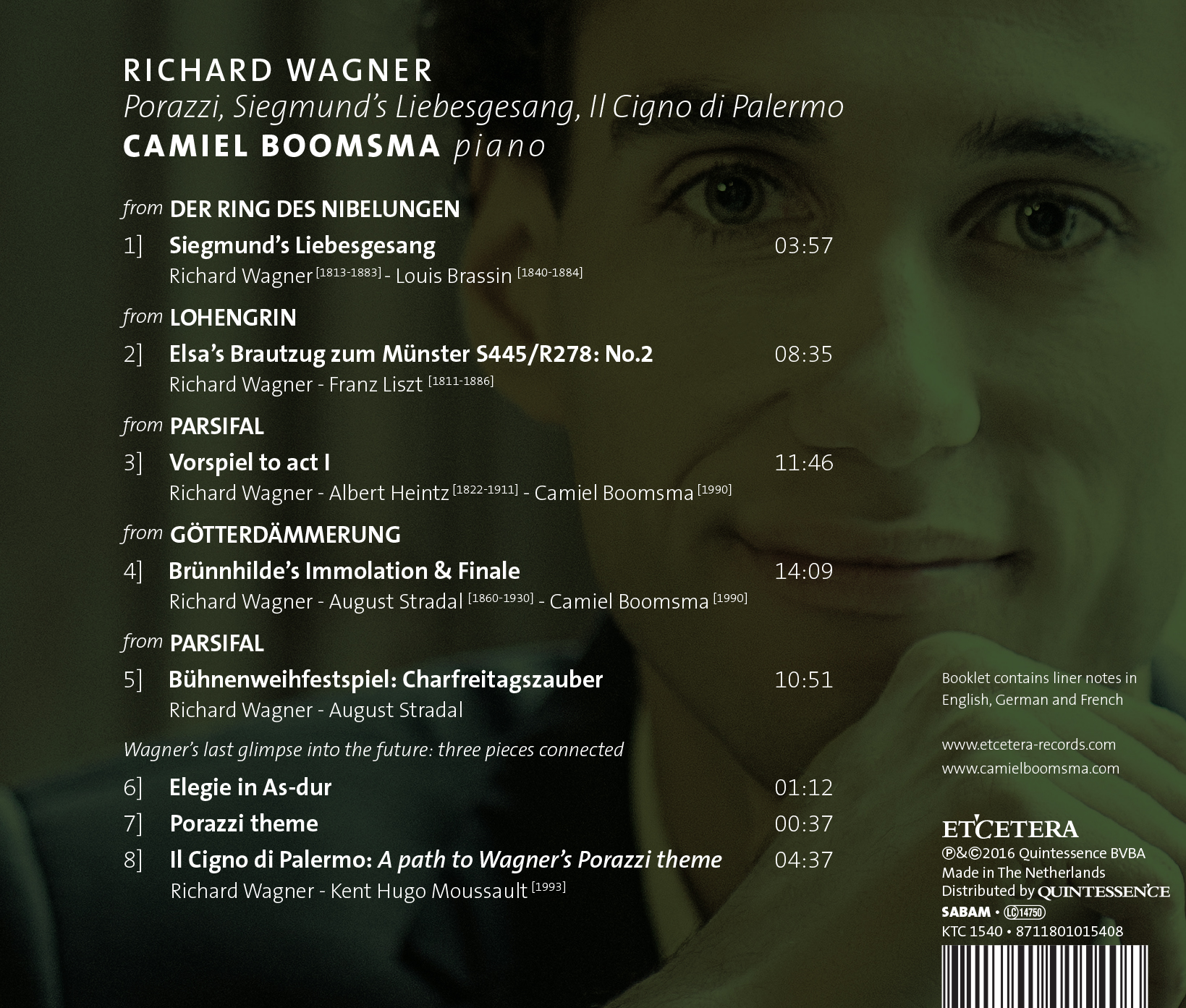

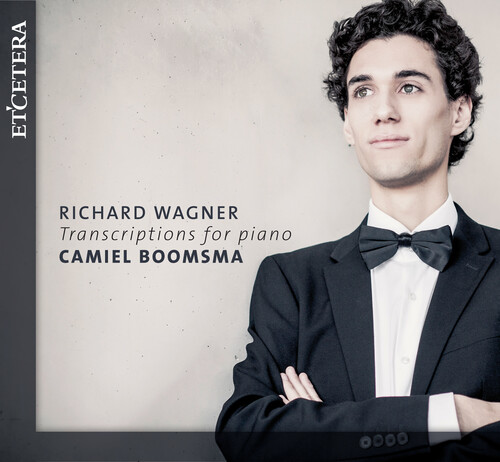
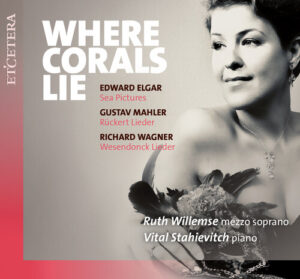

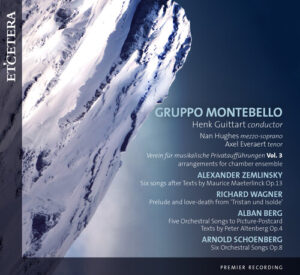
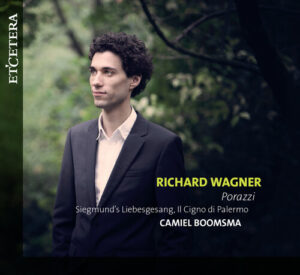
Reviews
There are no reviews yet.